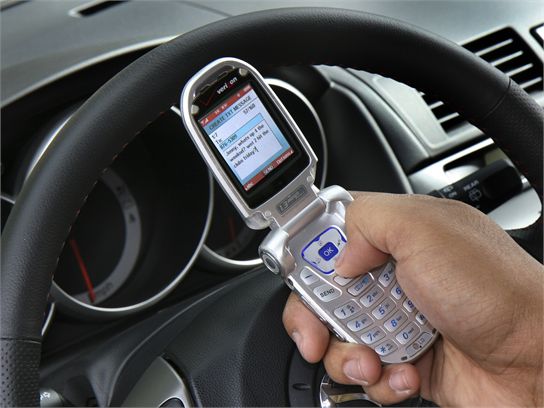
Ever since I spent a month without my car as part of Zipcar's Low-Car Diet promotion, I have been seriously contemplating getting rid of my car altogether. Well, my New Year's resolution for 2011 is that I am going car free, sort of. I am selling my car, and we (my wife and child) will become a one-car family. This is both exhilarating and scary at the same time.
Exhilarating because of the possibilities:
- walking more
- getting more exercise
- spontaneous interaction
- biking more
- seeing something interesting on MARTA
- listening to more music (I do not have a car stereo)
- helping the environment
- showing my daughter a different way of living
During the Low-Car Diet, I did not drive my car to work and did not miss it, but the second the promotion ended, I drove everyday. Not so much because it was easier, but because it was there. It's kind of like when Oreo cookies are in the house. I eat them. When they are not, I do not eat them and I am better off.
As for scary, it has been more than a decade since I was car free, and that was when I lived in NYC. I have this nagging feeling that I am going to miss something important if I don't have my car. What if I have an early morning or late night meeting? What if I have to fly out of town with luggage? What if I need to get home early? What if a friend wants to meet for dinner? What if, What if? These what ifs can be debilitating.
Giving the car up reminds me of the time I gave up something else I thought I could not live without: Cable TV. On the one, hand I was excited about all the free time I would have to read more books, accomplish more chores, and start new hobbies. On the other hand, I was scared out of my mind to live without ESPN and CNN. Would I never watch basketball again? Well, that was four years ago, and I still do not have Cable TV, and I truly do not miss it. Sure there are times when I wish I could watch a basketball game from the comfort of my own home, but I have found ways to watch that are equally if not more fulfilling such as at a friend's place or in a local bar.
The bottom line is that there are way more possibilities than there are what ifs, so I am going for it. Wish me luck, and I will keep you posted on how it goes.
Here are a few articles about living car free:
Car Free America, NY Times
Carfree.com
Going Car Free





 Finally, I have to give props to all my colleagues and friends who have given me rides to meetings and appointments around town. I do my best to minimize these requests and certainly make every effort not to inconvenience anyone. One surprise of the week is that I have not needed a
Finally, I have to give props to all my colleagues and friends who have given me rides to meetings and appointments around town. I do my best to minimize these requests and certainly make every effort not to inconvenience anyone. One surprise of the week is that I have not needed a 


 Here at
Here at 











